Handover Checklist Samples
-
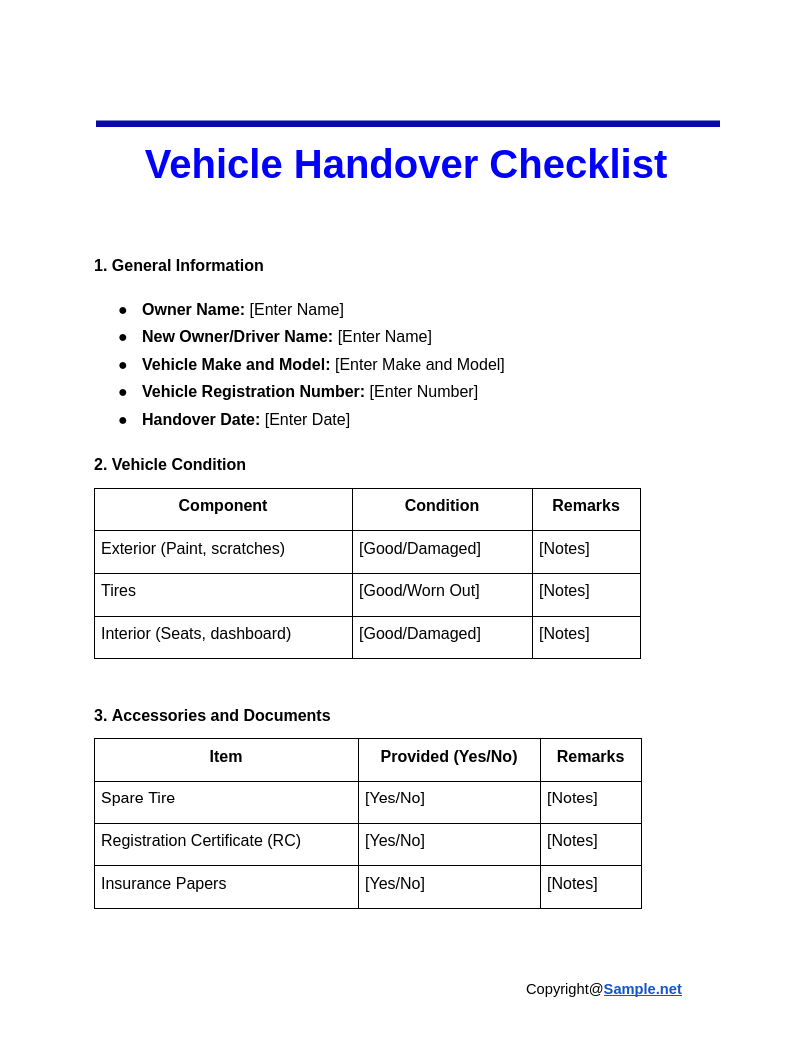
Vehicle Handover Checklist
download now -
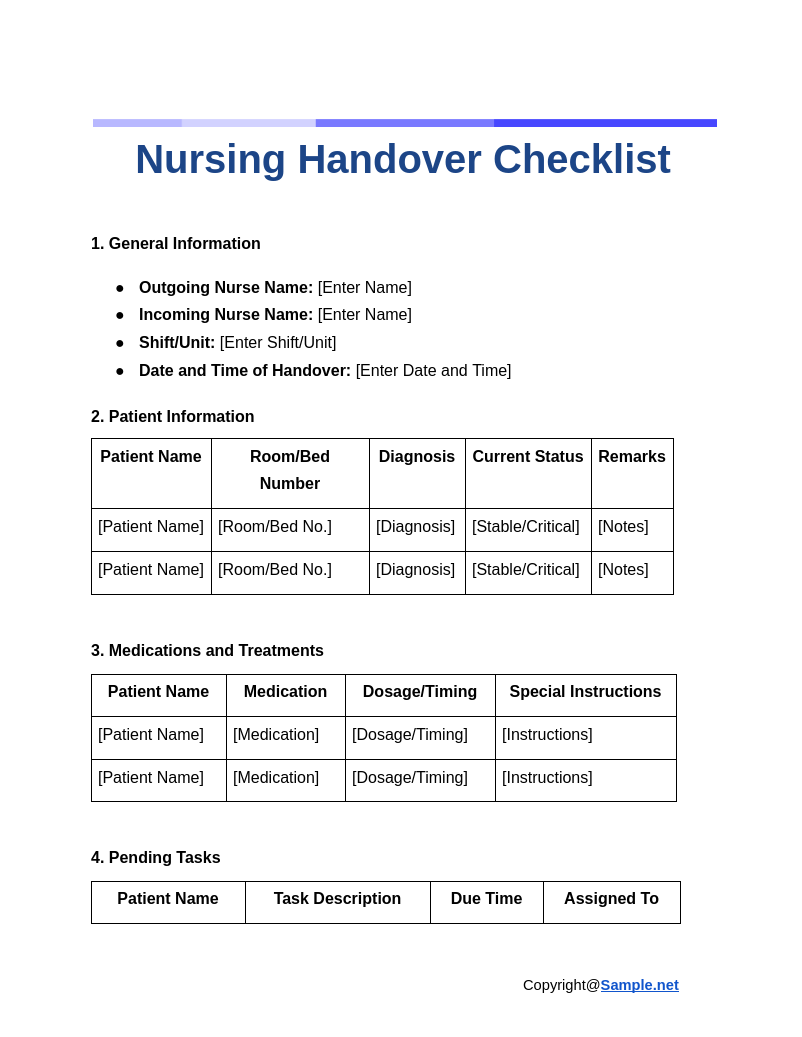
Nursing Handover Checklist
download now -
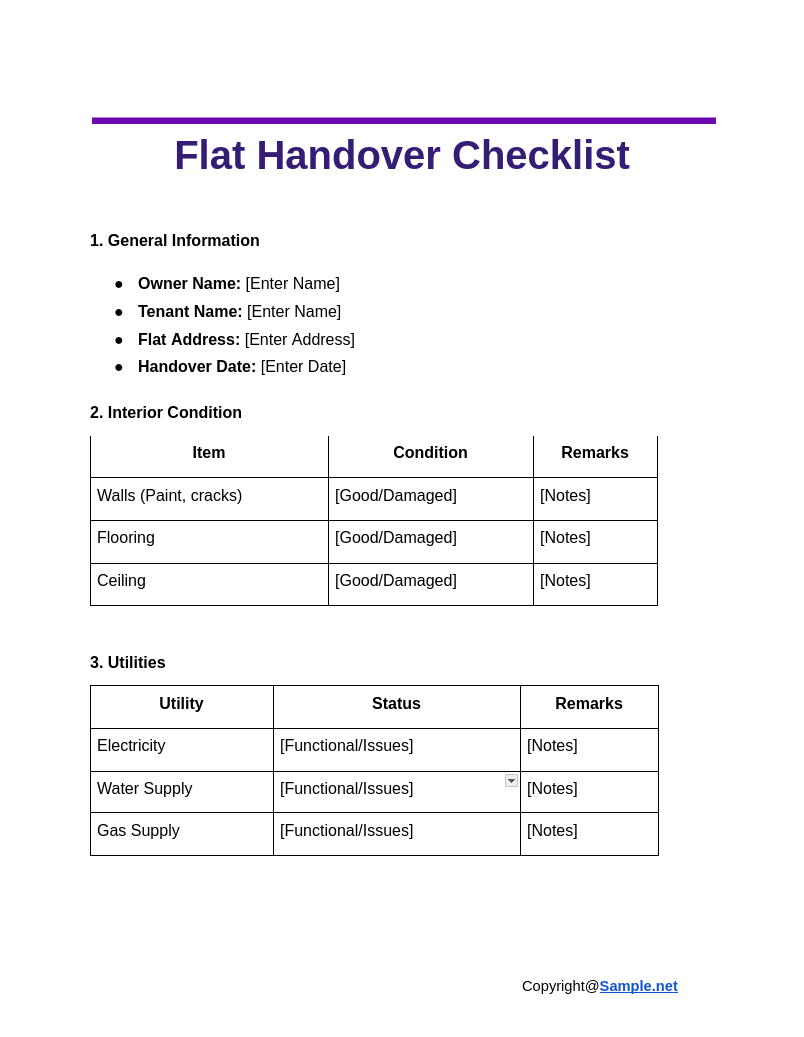
Flat Handover Checklist
download now -
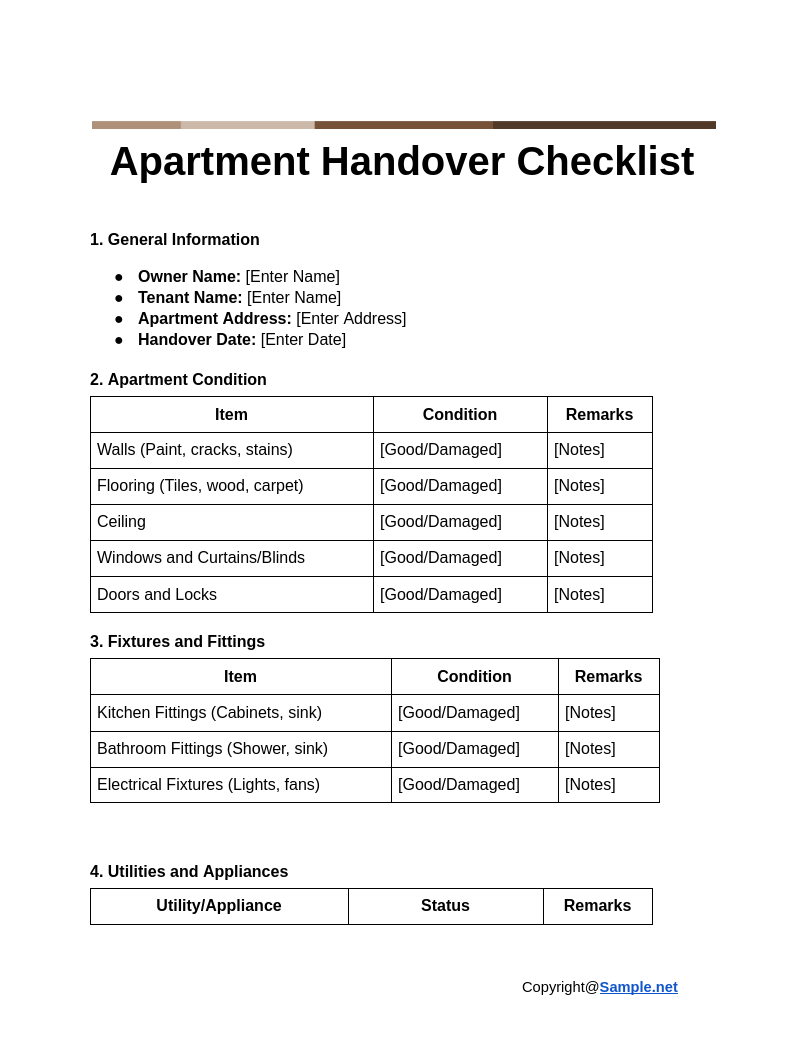
Apartment Handover Checklist
download now -

Handover Checklist Process
download now -
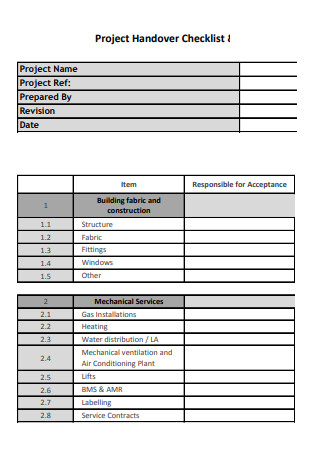
Project Handover Checklist
download now -

General Manager Handover Checklist
download now -
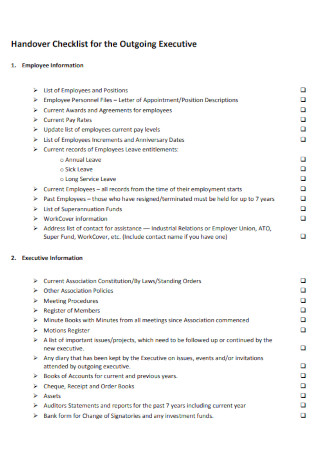
Handover Checklist for the Outgoing Executive
download now -
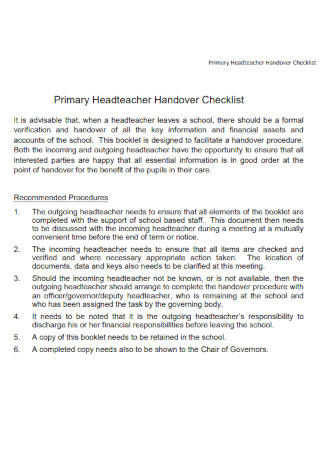
Primary Headteacher Handover Checklist
download now -
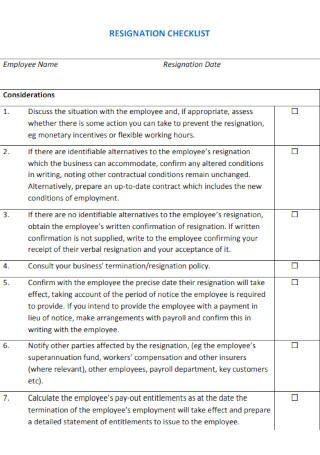
Resignation Handover Checklist
download now -
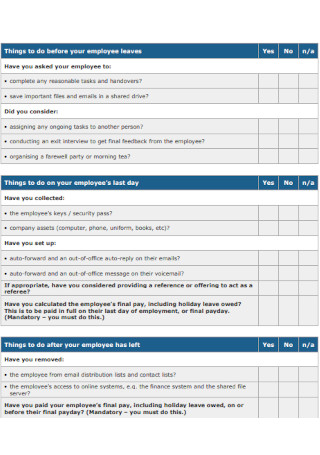
Employee Handover Checklist
download now -
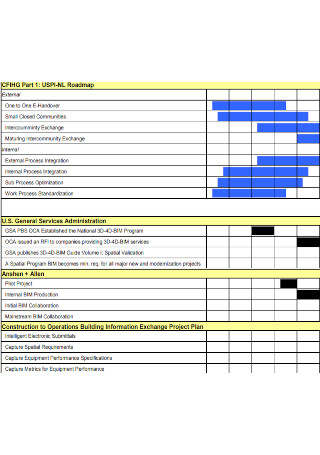
Building Handover Checklist
download now -
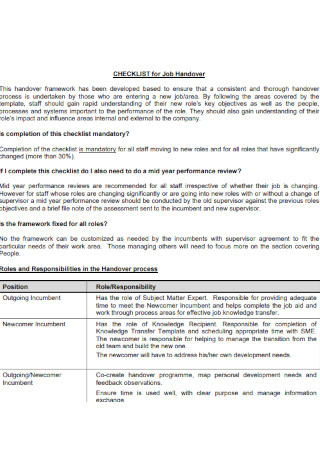
Job Handover Checklist
download now -
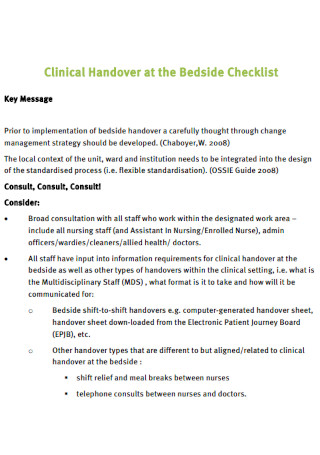
Clinical Handover Checklist
download now -
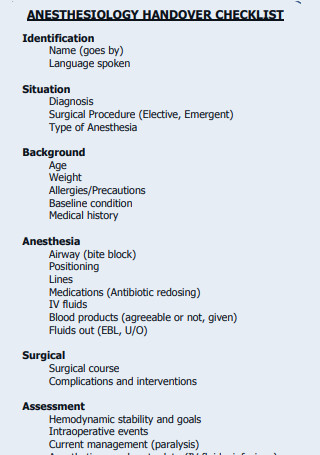
Anesthesiology Handover Checklist
download now -
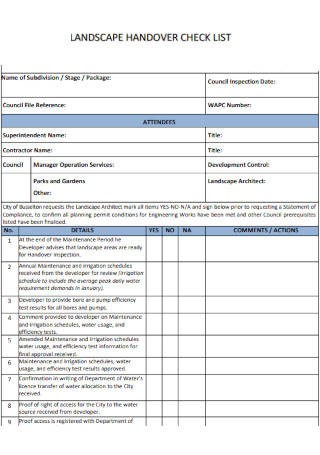
Landscape Handover Checklist
download now -
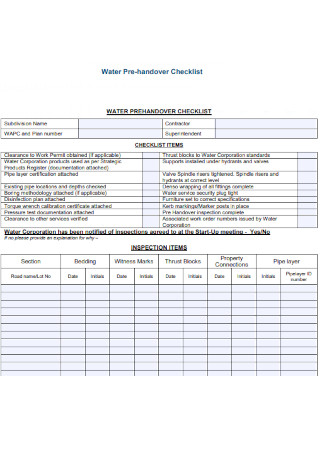
Water Handover Checklist
download now -
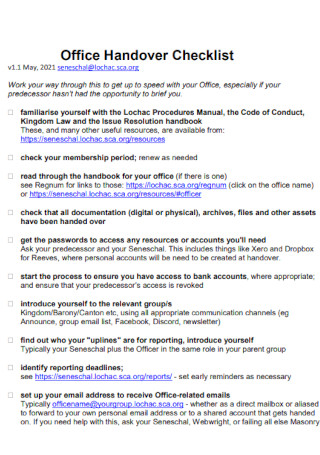
Office Handover Checklist
download now -
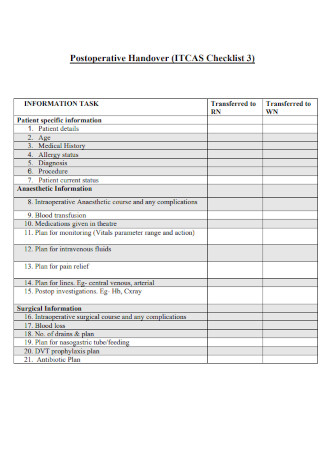
Postoperative Handover Checklist
download now -
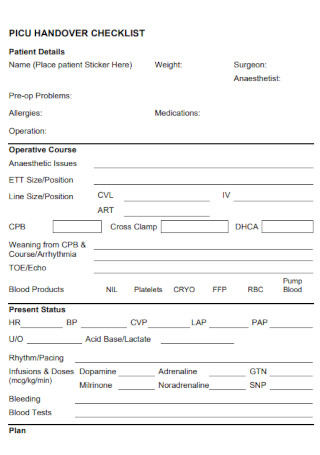
Patient Handover Checklist
download now -
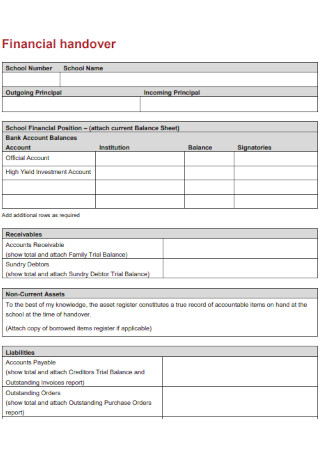
Financial Handover Checklist
download now -

Not-for-Profit Administrator Handover Checklist
download now -

Adoption Handover Checklist
download now -
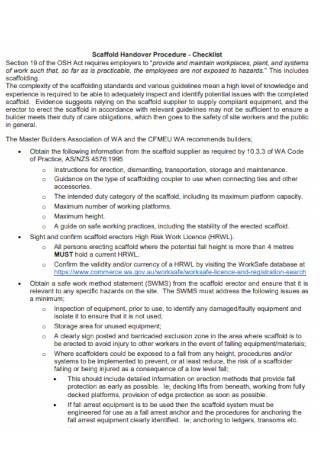
Scaffold Handover Checklist
download now -

Handover checklist for incoming Club, Society & Project Chairs
download now -

Pre Handover checklist
download now -
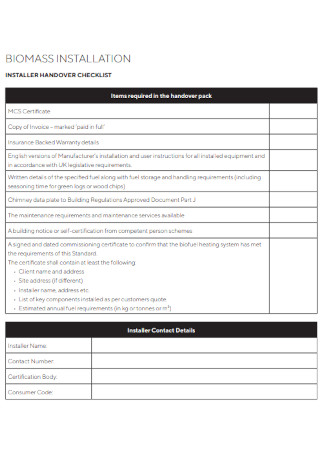
Biomass Installation Handover checklist
download now -
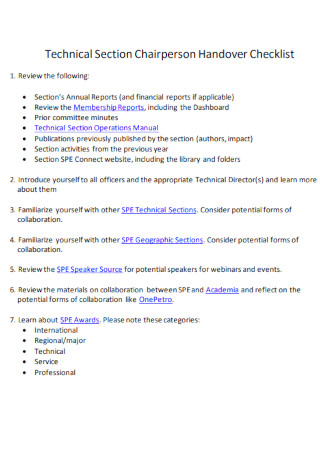
Chairperson Handover checklist
download now -
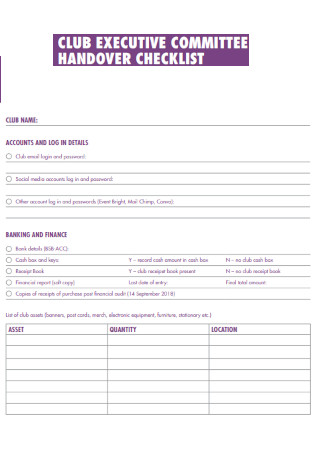
Club Executive Handover checklist
download now -
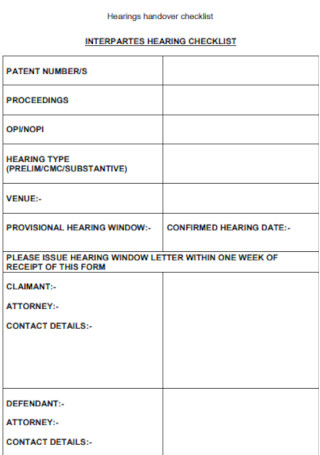
Hearings Handover checklist
download now -

Handover Evaluation checklist
download now
FREE Handover Checklist s to Download
Handover Checklist Format
Handover Checklist Samples
What is a Handover Checklist?
Purposes of a Handover Checklist
How to Create a Handover Checklist
FAQs
What is a handover sheet?
What makes a good handover?
What type of communication is a handover?
What challenges can arise without a handover checklist?
Who is responsible for creating the handover checklist?
How detailed should a handover checklist be?
How can a handover checklist improve team efficiency?
What should a handover checklist include?
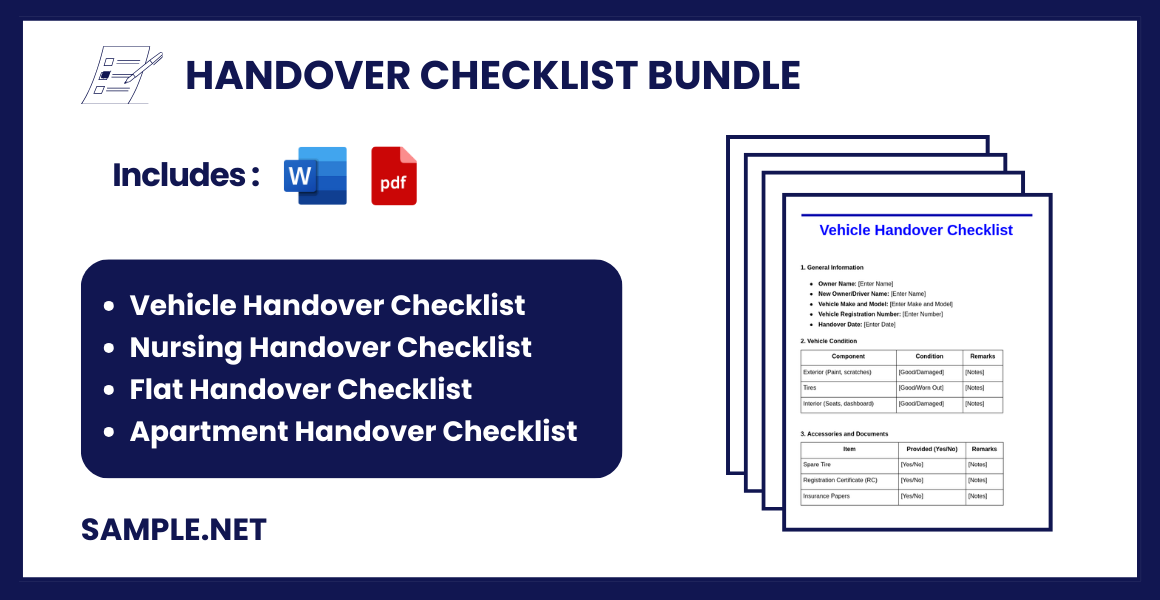
Download Handover Checklist Bundle
Handover Checklist Format
1. General Information
- Name of Outgoing Employee: [Enter Name]
- Name of Incoming Employee: [Enter Name]
- Department/Team: [Enter Department/Team]
- Handover Date: [Enter Date]
- Handover Duration: [Enter Start and End Date]
]2. Work Responsibilities
| Responsibility/Task | Current Status | Pending Actions | Remarks |
|---|---|---|---|
| [Task/Project Name] | [Completed/In Progress] | [Pending Steps] | [Additional Notes] |
| [Task/Project Name] | [Completed/In Progress] | [Pending Steps] | [Additional Notes] |
3. Ongoing Projects
| Project Name | Deadline | Assigned Team Members | Current Status | Remarks |
|---|---|---|---|---|
| [Project Name] | [Deadline Date] | [Names] | [Status] | [Notes] |
| [Project Name] | [Deadline Date] | [Names] | [Status] | [Notes] |
4. Key Contacts
| Contact Name | Role/Position | Email Address | Phone Number |
|---|---|---|---|
| [Name] | [Role/Position] | [Email] | [Phone] |
| [Name] | [Role/Position] | [Email] | [Phone] |
5. Access and Credentials
| System/Tool | Username | Password | Remarks |
|---|---|---|---|
| [System Name] | [Username] | [Password] (if applicable) | [Notes] |
| [Tool Name] | [Username] | [Password] (if applicable) | [Notes] |
6. Equipment and Assets
| Item | Serial Number | Condition | Remarks |
|---|---|---|---|
| [Laptop/Device Name] | [Serial Number] | [Good/Fair/Damaged] | [Additional Notes] |
| [Other Item] | [Serial Number] | [Good/Fair/Damaged] | [Additional Notes] |
7. Pending Issues
- Issue Description: [Briefly describe the issue]
- Assigned to: [Person/Team handling the issue]
- Estimated Resolution Date: [Date]
8. Training and Knowledge Transfer
| Training Topic | Date Conducted | Documents Provided (Yes/No) | Remarks |
|---|---|---|---|
| [Topic] | [Date] | [Yes/No] | [Notes] |
| [Topic] | [Date] | [Yes/No] | [Notes] |
9. Final Checklist
- All tasks handed over
- All documents shared
- All credentials transferred
- All equipment returned
10. Approval
- Outgoing Employee Signature: ______________________
- Incoming Employee Signature: ______________________
- Manager/Supervisor Signature: ______________________
- Date: [Enter Date]
What is a Handover Checklist?
A handover checklist is a document created by an employee who is permanently retiring or taking an extended leave of absence. It is also a process designed to enable the departing employee’s successor or colleagues to understand their role and duties and take over their daily tasks. They will be instructed on how to assume the responsibilities of the departing employee without disturbing productivity and operations. A company will see an average of 18% employee turnover every year. A corporation should expect to lose an average of 6% of its workforce owing to reductions in force or terminations for poor performance. The term for this is involuntary turnover. You can also see more on Project Handover.
Purposes of a Handover Checklist
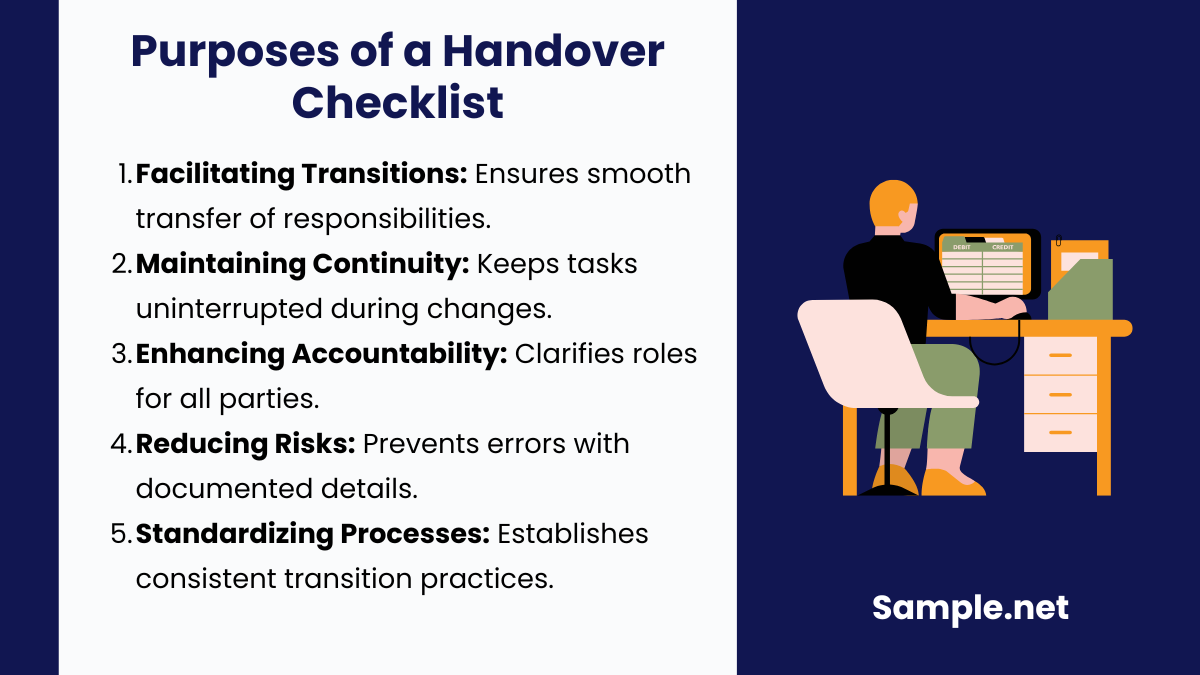
1. Facilitating Smooth Transitions
The primary purpose of a handover checklist is to ensure a seamless transfer of duties and responsibilities from one individual or team to another. It prevents disruptions in workflows and guarantees that the recipient is well-equipped to continue operations without delays or confusion.
2. Maintaining Continuity
A handover checklist helps maintain the continuity of projects, tasks, or operations. By providing detailed information about ongoing activities, it ensures that critical processes remain uninterrupted during personnel changes or task reassignments. You can also see more on Job Handover Note.
3. Enhancing Accountability
The checklist clearly outlines the responsibilities and tasks of both the outgoing and incoming parties. This clarity fosters accountability, as each individual knows their roles and expectations in the transition process.
4. Reducing Risks
By documenting essential details such as procedures, contacts, and access credentials, a handover checklist minimizes the risk of errors, omissions, or miscommunication during the transition. You can also see more on Task Checklist.
5. Standardizing Processes
Using a handover checklist standardizes the transition process, providing a consistent approach across teams or departments. This reduces the learning curve for successors and establishes an organizational best practice for future transitions.
How to Create a Handover Checklist

Step 1: Identify Key Responsibilities
Start by listing all tasks and responsibilities that need to be transferred. Break down broad responsibilities into actionable tasks to provide clarity. Categorize them if necessary, such as ongoing projects, deadlines, or client follow-ups. This ensures that the incoming person has a clear understanding of what’s expected. You can also see more on Orientation Checklist.
Step 2: Document Essential Information
Compile all critical resources, including project files, login credentials, important contacts, and procedural guides. Highlight specific instructions or unique requirements for certain tasks. This documentation will serve as a reference point and reduce the likelihood of missteps.
Step 3: Establish Clear Timelines
Outline a timeline for the handover process, specifying when each responsibility should be transitioned. Indicate deadlines, project milestones, or tasks that require immediate attention. This step prioritizes activities and ensures an organized transition process. You can also see more on Turnover Checklists.
Step 4: Communicate with Stakeholders
Arrange a meeting with the recipient to walk through the checklist. Discuss expectations, clarify doubts, and address any specific challenges. If needed, include demonstrations or hands-on training sessions for complex tasks to ensure the recipient is well-prepared.
Step 5: Review and Confirm Completion
After completing the handover, review the checklist with the recipient. Confirm that they have understood and are equipped to handle the responsibilities. Provide them with a chance to ask follow-up questions and finalize the checklist once all items are addressed.
A Handover Checklist is vital for successful transitions, promoting efficiency, clarity, and accountability. By organizing tasks and responsibilities, it minimizes errors and ensures continuity, making it an indispensable tool for seamless operations during handovers. Empower your processes with a comprehensive checklist and experience hassle-free transitions every time. You can also see more on Event Checklist.
FAQs
What is a handover sheet?
A handover note is a document describing a position’s daily tasks and responsibilities written by an exiting employee for their successor. It should guide the incoming employee in accomplishing the job’s responsibilities.
What makes a good handover?
Good communication is essential for improving service quality and decreasing patient dissatisfaction. As the patient’s primary caregiver, the support worker should play an integral role in the handover process. Several potential concerns have been recognized, and several remedies have been presented. You can also see more on Move-in Checklists.
What type of communication is a handover?
Handover communication is a concept that has been introduced previously in the healthcare industry. It indicates that information, expertise, authority, and responsibility are shared or transferred across healthcare providers. The quality of nursing care depends on the handoff procedure.
What challenges can arise without a handover checklist?
Without a handover checklist, organizations may face miscommunication, delays in task completion, loss of critical information, and decreased productivity during transitions. You can also see more on Office Checklist.
Who is responsible for creating the handover checklist?
Typically, the person transitioning out of a role or completing a task is responsible for creating the checklist, with input from supervisors or team members for accuracy.
How detailed should a handover checklist be?
The level of detail depends on the complexity of the tasks being handed over. It should include enough information for the recipient to continue operations without requiring extensive additional training. You can also see more on Employee Checklists.
How can a handover checklist improve team efficiency?
A handover checklist streamlines the transition process by providing clear guidelines, which reduces confusion, prevents missed tasks, and ensures all team members are on the same page.
What should a handover checklist include?
It should include tasks, project statuses, access details, timelines, key contacts, and any supporting documents or resources. You can also see more on Legal Checklist.
